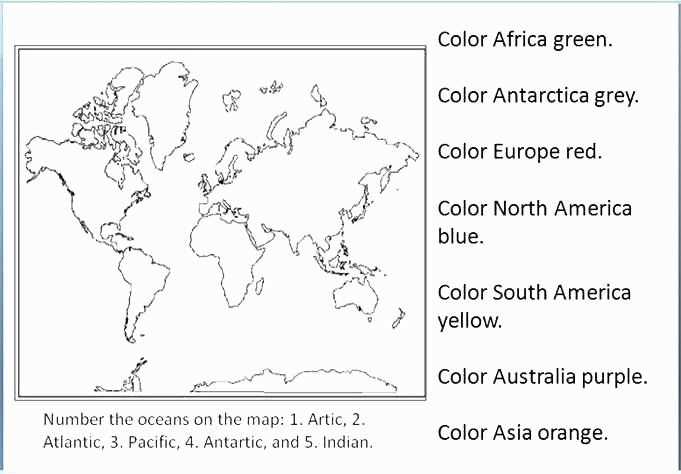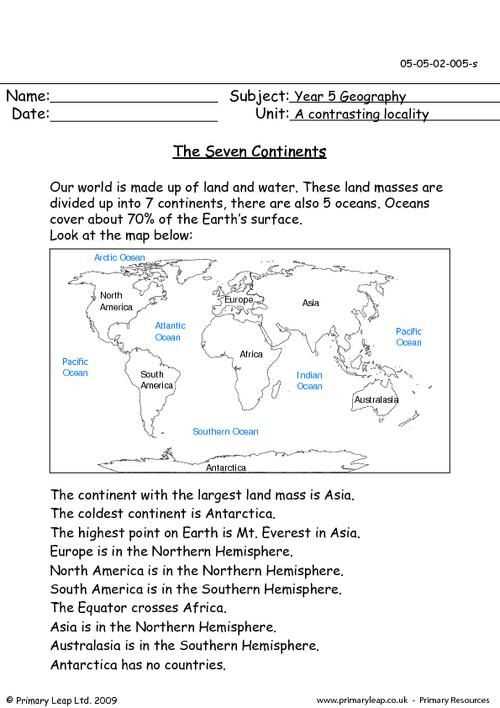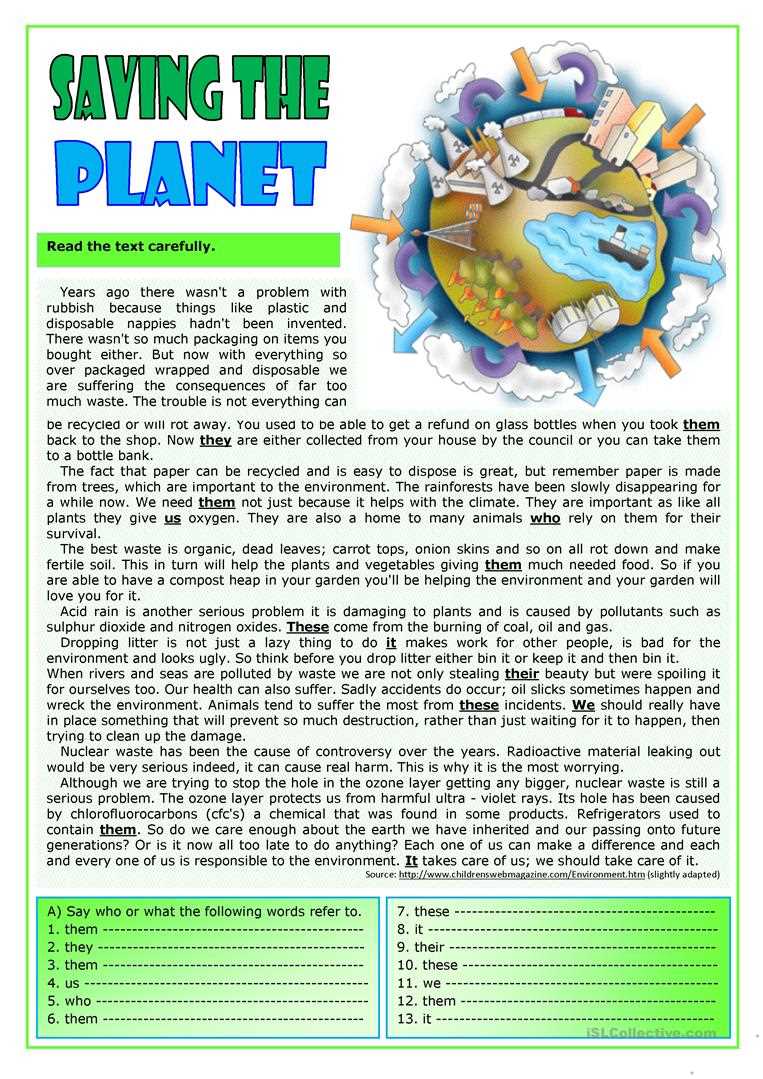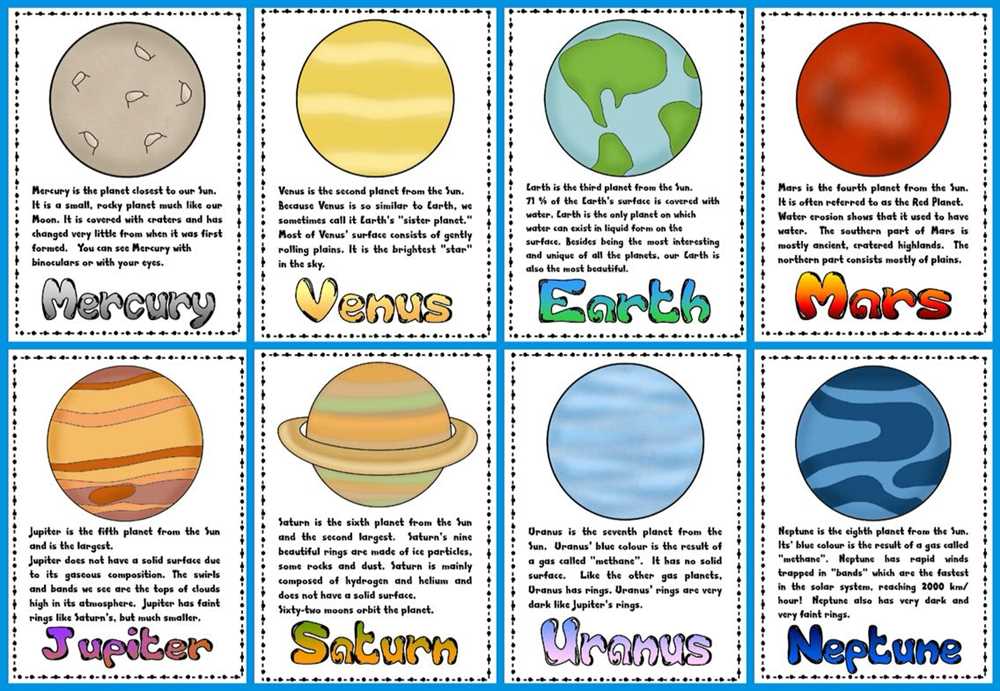
Exploring the world’s oceans and seas is an awe-inspiring adventure. The high seas, which cover over two-thirds of the Earth’s surface, are a vast and mysterious realm that is home to a myriad of fascinating creatures and ecosystems. In order to better understand this vital part of our planet, it is important to delve into the key questions and answers surrounding the high seas.
One of the questions often asked about the high seas is: What is the definition of the high seas? The high seas, also known as international waters, refer to areas of the ocean that are beyond any country’s jurisdiction. They are open to all nations and are governed by a set of international laws and agreements. The high seas are crucial for global trade, fishing, and scientific research, making them a vital resource for the entire planet.
Another important question is: Why are the high seas important? The high seas play a crucial role in regulating Earth’s climate and supporting biodiversity. They are home to countless marine species, some of which are not found anywhere else on the planet. Additionally, the high seas serve as a significant carbon sink, absorbing and storing massive amounts of carbon dioxide. Protecting and preserving this valuable ecosystem is essential for maintaining the health and balance of our planet.
The Importance of the High Seas

The high seas are a vast expanse of open ocean beyond national jurisdiction, covering around two-thirds of the Earth’s surface. They play a crucial role in maintaining the health and balance of our planet’s ecosystems, making them of great importance to both marine life and human populations.
One of the key functions of the high seas is their role in regulating the Earth’s climate. They absorb a significant amount of carbon dioxide from the atmosphere, helping to mitigate the effects of global warming. The high seas are also home to a wide variety of marine species, many of which are vital for marine food chains and support the livelihoods of millions of people who rely on fishing for their sustenance.
The high seas also serve as a valuable source of biodiversity. These vast stretches of open ocean provide habitat for numerous species, some of which are unique and found nowhere else in the world. Protecting the high seas is crucial for safeguarding this biodiversity and preserving the delicate balance of marine ecosystems.
Furthermore, the high seas are essential for scientific research. They offer scientists the opportunity to explore and study marine life, habitats, and geological processes that are inaccessible in coastal areas. This knowledge is vital for our understanding of the overall health of the oceans and for developing strategies to conserve and manage marine resources effectively.
In order to ensure the sustainability of the high seas, international cooperation and effective governance are necessary. It is important for nations to work together to establish comprehensive marine protected areas, regulate fishing practices, address pollution and climate change, and enforce clear guidelines for sustainable use of resources. Only through these collective efforts can we protect the high seas and ensure their vital role in the health and well-being of our planet.
Understanding the Ecosystem: The Biodiversity of the High Seas
The high seas, also known as the open ocean, cover more than two-thirds of the Earth’s surface and, although often overlooked, play a crucial role in maintaining the health and balance of our planet’s ecosystems. With depths that can reach up to 36,000 feet, the high seas are home to a diverse array of species, many of which have yet to be discovered. Understanding the biodiversity of the high seas is essential for effective conservation and management efforts.
The high seas are teeming with life, from microscopic plankton to large marine mammals. The biodiversity of the high seas includes a wide range of organisms, such as fish, sharks, whales, dolphins, seabirds, and turtles. These species have adapted to the unique conditions of the open ocean, which include extreme pressure, low temperatures, and limited food resources.
One of the key characteristics of the high seas ecosystem is its interconnectedness. The movement of ocean currents and migratory patterns of marine species span vast distances, connecting different regions and ecosystems. This interconnectedness not only promotes genetic diversity but also facilitates the exchange of nutrients and energy, making the high seas vital for the overall health of the planet.
However, the biodiversity of the high seas is under threat from a variety of human activities, including overfishing, pollution, climate change, and the destruction of habitats. Overfishing, in particular, has had a significant impact on marine species, leading to declines in population sizes and disruptions to the food chain. Protecting and conserving the biodiversity of the high seas is crucial to ensure the long-term sustainability of our oceans and the many benefits they provide, from food and livelihoods to climate regulation and recreational opportunities.
In conclusion, understanding and protecting the biodiversity of the high seas is of utmost importance for the health and balance of our planet’s ecosystems. The high seas are home to a rich variety of species that have adapted to the unique conditions of this vast and interconnected ecosystem. Efforts to conserve and manage the high seas must prioritize sustainable practices and address the various threats facing marine biodiversity. Only by working together can we ensure the long-term viability of this vital ecosystem and safeguard the future of our planet.
Species Diversity in the High Seas
The high seas are vast and expansive areas of the world’s oceans that are beyond any one country’s jurisdiction. These areas cover about two-thirds of the Earth’s oceans and are home to a stunning array of species. From tiny plankton to massive whales, the high seas support an incredible diversity of life.
One of the key factors that contribute to the high species diversity in the high seas is the presence of different habitats and ecosystems. These habitats include deep-sea trenches, seamounts, hydrothermal vents, and coral reefs. Each of these habitats provides unique conditions for different species to thrive. For example, deep-sea trenches are home to creatures adapted to extreme pressure and darkness, while coral reefs support a vibrant community of fish and invertebrates.
The high seas also serve as important migratory routes for many species. These vast expanses of open ocean provide crucial corridors for migratory species such as tuna, sharks, and seabirds. These migratory routes allow species to move between different feeding and breeding grounds, contributing to the overall species diversity in the high seas.
However, despite the rich species diversity in the high seas, these areas are also facing significant threats. Overfishing, pollution, and climate change are all impacting the health of the high seas and the species that call them home. It is crucial that we take action to protect and conserve these valuable ecosystems to ensure the future survival of the diverse species that rely on them.
Adaptations and Survival Strategies
Adaptation is a key strategy for survival in the high seas, as the ocean poses unique challenges for its inhabitants. Many organisms have developed specific adaptations to help them navigate and survive in this vast and dynamic environment.
One of the most common adaptations among marine organisms is streamlined bodies. This allows them to move through the water with minimal resistance and increase their swimming efficiency. Fish, dolphins, and whales are some examples of species that have evolved a streamlined body shape to maximize their speed and agility.
- Camouflage: Another important adaptation for survival is camouflage. Many marine species have developed colors, patterns, or body structures that help them blend in with their surroundings, making them less visible to predators or prey. For example, the leafy seadragon, with its leaf-like appendages, is able to seamlessly blend into kelp forests, making it difficult for predators to spot.
- Bioluminescence: Bioluminescence is a fascinating adaptation seen in several deep-sea organisms. These organisms have the ability to produce their own light, which helps them attract prey, communicate with others of their species, or distract predators. Fireflies and deep-sea lanternfish are examples of species that use bioluminescence as a survival strategy.
- Migration: Migration is a common survival strategy in the high seas. Many marine species undertake long-distance journeys to find food, reproduce, or avoid harsh conditions. For example, sea turtles travel thousands of miles to lay their eggs on specific beaches, while humpback whales migrate from their feeding grounds to warmer waters for mating and giving birth.
Overall, the high seas present a challenging environment, but through adaptations such as streamlined bodies, camouflage, bioluminescence, and migration, marine organisms have developed strategies to overcome these obstacles and ensure their survival.
Threats to the High Seas: Human Impact and Overexploitation
The high seas, also known as the open ocean beyond national jurisdiction, face numerous threats from human activities. These threats include overfishing, pollution, climate change, and habitat destruction. The high seas cover more than half of the Earth’s surface and play a crucial role in regulating climate, providing habitat for marine species, and supporting global food security.
One of the major threats to the high seas is overfishing. With advancements in technology and industrial fishing practices, humans have been able to extract fish from the ocean at an unsustainable rate. Many species, such as tuna, sharks, and certain types of cod, have been overfished to the point of collapse. This not only disrupts the marine food chain but also affects livelihoods of millions who depend on fishing for their income and food.
In addition to overfishing, pollution poses a significant threat to the high seas. Untreated sewage, chemical spills, and plastic waste are dumped into the ocean, leading to water contamination and the destruction of marine habitats. Plastic pollution, in particular, has become a global crisis, with an estimated 8 million metric tons of plastic entering the ocean every year. Marine animals often mistake plastic for food, resulting in injury or death.
Climate change is another major threat facing the high seas. Rising sea temperatures, ocean acidification, and changing currents disrupt marine ecosystems and affect the distribution and abundance of species. Coral reefs, which are important habitats for various marine life, are particularly vulnerable to climate change. The loss of coral reefs not only reduces biodiversity but also impacts local economies through the decline of tourism and fisheries.
Finally, habitat destruction through activities such as deep-sea mining and bottom trawling poses a threat to the high seas. Deep-sea mining involves extracting valuable minerals from the ocean floor, causing long-term damage to fragile deep-sea ecosystems. Bottom trawling, a fishing method that involves dragging nets across the seafloor, destroys habitats and disturbs sediment, leading to the loss of biodiversity and the release of carbon stored in the seabed. These destructive activities have the potential to irreversibly alter marine ecosystems and disrupt the delicate balance of life in the high seas.
Key points:
- Overfishing is a major threat to the high seas, leading to the collapse of fish populations and disrupting the marine food chain.
- Pollution, including plastic waste, contaminates the high seas and destroys marine habitats.
- Climate change causes rising sea temperatures, ocean acidification, and changing currents, which disrupt marine ecosystems and impact species distribution.
- Habitat destruction through activities such as deep-sea mining and bottom trawling harms fragile ecosystems and disrupts the balance of life in the high seas.
Fishing and Overfishing

World’s oceans are rich in diverse fish populations that support the livelihoods of millions of people. Fishing is not only an important source of food but also a key economic activity for many coastal communities. However, the rapid increase in global fishing activities has led to overfishing, posing a significant threat to marine ecosystems.
Overfishing occurs when fish are harvested at a rate that exceeds their natural reproduction ability, resulting in a decline in their populations. This can have devastating consequences for both the environment and human communities that rely on fish as a food source. Overfishing disrupts the fragile balance of marine ecosystems, leading to the depletion of fish stocks and the loss of biodiversity.
One of the primary causes of overfishing is the use of unsustainable fishing practices. Some fishing methods, such as bottom trawling and drift netting, can cause extensive damage to ocean habitats and result in significant bycatch, the unintentional capture of non-target species. Additionally, the lack of effective fisheries management and regulation has allowed fishing fleets to exceed sustainable catch limits, exacerbating the problem.
Solutions to address overfishing include implementing and enforcing sustainable fishing practices, establishing marine protected areas, and improving fisheries management. Sustainable fishing practices, such as using selective fishing gears and implementing fishing quotas, can help reduce bycatch and ensure that fish populations have the opportunity to replenish. Marine protected areas act as sanctuaries where fish can grow and reproduce undisturbed, contributing to the recovery of fish populations. Effective fisheries management involves setting scientifically-based catch limits, monitoring fishing activities, and enforcing regulations to prevent overfishing.
Pollution and Climate Change
Pollution and climate change are two major issues that are threatening the health and well-being of our planet. Pollution refers to the introduction of harmful substances or contaminants into the environment, which can cause damage to living organisms and ecosystems. Climate change, on the other hand, refers to long-term shifts in temperature and weather patterns, largely as a result of human activities.
One of the main causes of pollution is the burning of fossil fuels, such as coal, oil, and natural gas. These fuels release carbon dioxide and other greenhouse gases into the atmosphere, leading to a buildup of heat and causing the Earth’s temperature to rise. This phenomenon, known as global warming, has a range of adverse effects, including the melting of polar ice caps, rising sea levels, and extreme weather events.
The Impact of Pollution and Climate Change

- Pollution affects both land and water ecosystems, leading to the loss of biodiversity and the degradation of habitats. It can contaminate soil, making it unsuitable for farming, and pollute water sources, making them unsafe for human consumption.
- Climate change poses a threat to human health, as it can exacerbate existing medical conditions and increase the spread of diseases. It also affects food production, as changing weather patterns can lead to crop failures and food shortages.
- The oceans are particularly vulnerable to pollution and climate change. Increasing temperatures and the acidification of seawater are causing coral bleaching, disrupting marine ecosystems and threatening the survival of countless species.
- Furthermore, pollution and climate change disproportionately affect marginalized communities and developing countries, exacerbating existing social and economic inequalities.
In order to address these issues, it is crucial to reduce pollution and mitigate climate change. This can be achieved by transitioning to renewable sources of energy, such as solar and wind power, and by adopting sustainable practices in agriculture, manufacturing, and transportation. Additionally, individuals can play a role by reducing their carbon footprint, practicing responsible waste management, and advocating for government policies that prioritize environmental protection.